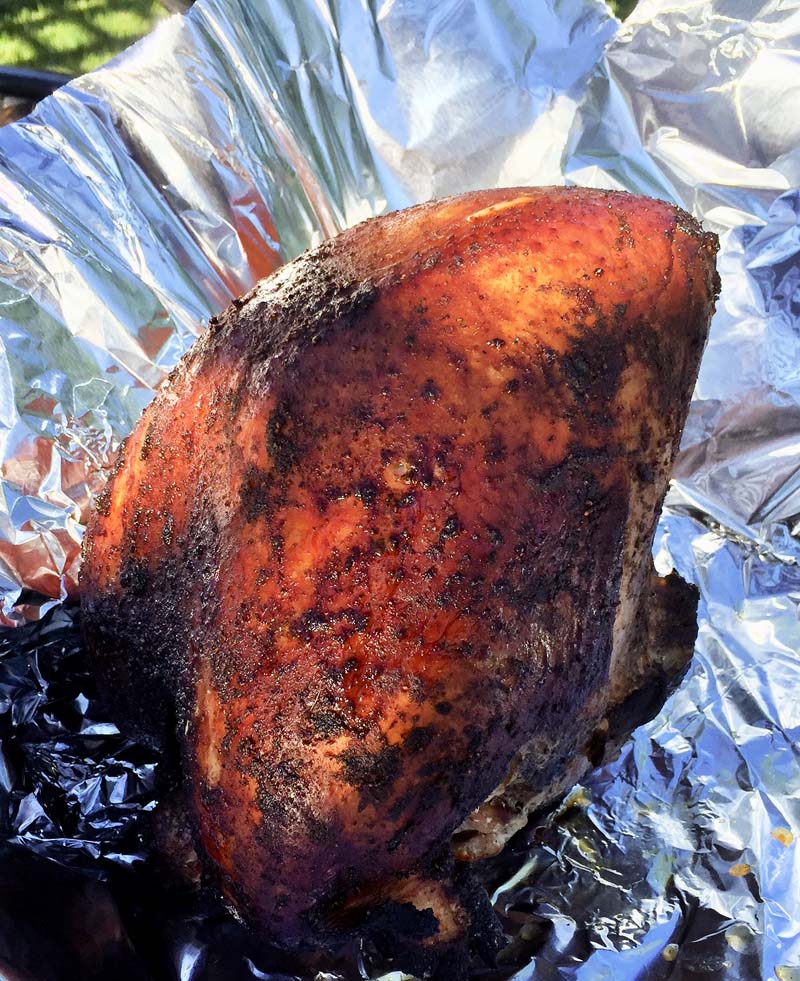One more thought, as winter is closing in on us northerners... when you get around to doing those tenderloins, do a lot more than you can eat right away. Your using all that fuel and wood to make smoke, you could cook one little tenderloin or a half dozen or more with the same amount of effort and expense. Just foil wrap and freeze the rest and youll have delishious smoked goodies all winter long without having to brave the elements.
I love thin sliced smoke tenderloin as a healthier alternative to bacon for breakfast on Saturdays. Then I can still have my bacon on Sundays
PS - I agree. Thats a nice little cabinet smoker. You should be able to turn out some nice smoked meat, fish and cheese with that guy.
I love thin sliced smoke tenderloin as a healthier alternative to bacon for breakfast on Saturdays. Then I can still have my bacon on Sundays
PS - I agree. Thats a nice little cabinet smoker. You should be able to turn out some nice smoked meat, fish and cheese with that guy.
Last edited by a moderator:




















































